Miró’s studio in Mallorca designed by Josep Lluís Sert reopens after restoration
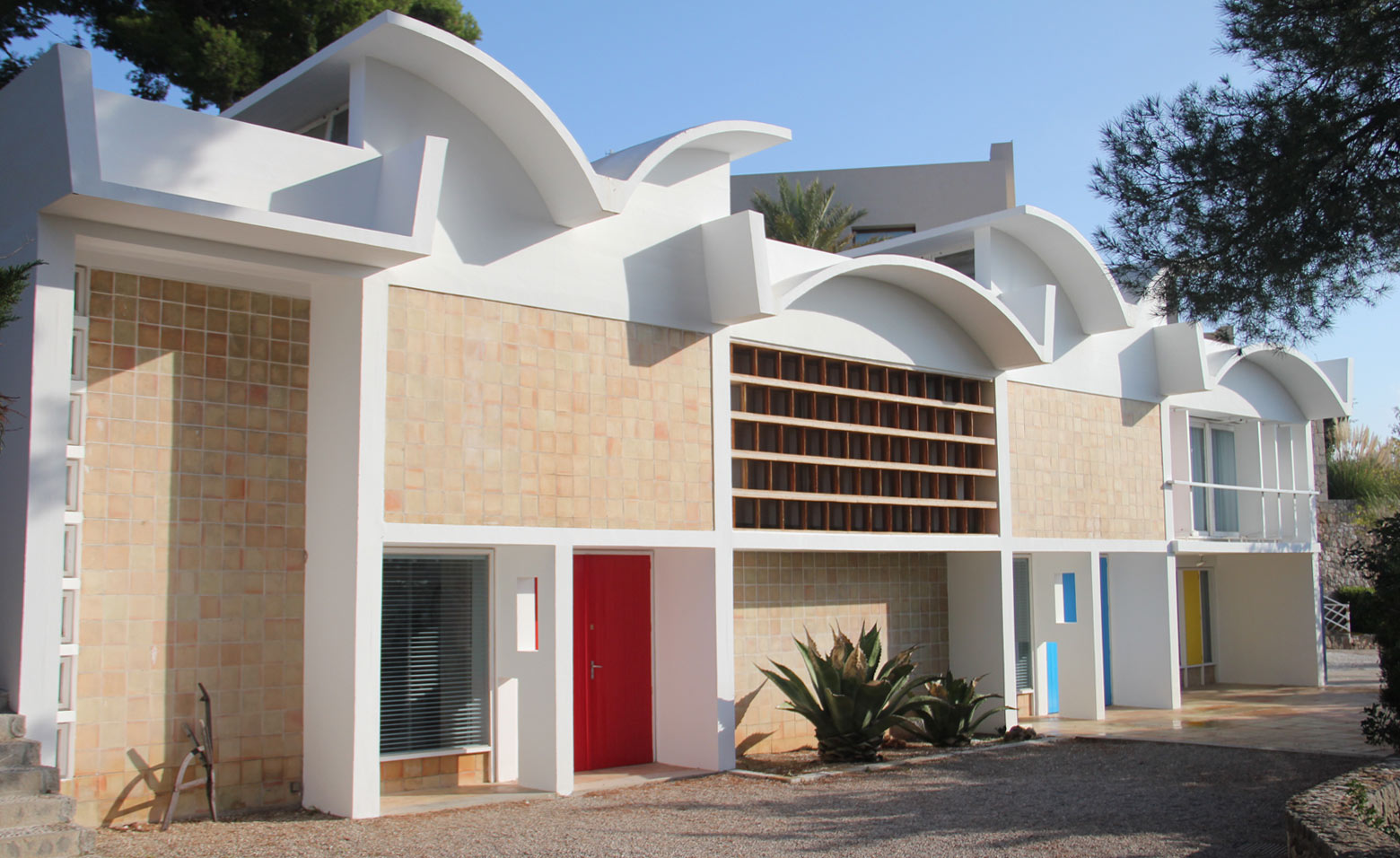
Throughout his artistic career Joan Miró had dreamed of the perfect studio, his ideal workspace where anything was possible. Yet it wasn't until he was 60 years old, with the help of his good friend Josep Lluís Sert, a former pupil of Le Corbusier, that he established his Mallorca studio that has now reopened after extensive restoration by Fundació Miró Mallorca.
Miró and Sert met in Paris in the 1930s. Sert was exiled to America in 1939 where he spent the war years working in town planning. In 1953, after a year long visiting professorship at Yale, he took up the position of Dean of the Harvard School of Design. By this time, back in Europe, Miró had bought some land in the suburbs of Palma with magnificent views across the Mediterranean.
Artist and architect began a lengthy exchange of ideas — their joint goal, to create the longed-for dream space. The studio was to be grounded in the earth with terracotta floor tiles, but reaching for the sky with its distinctive bird-like roof.
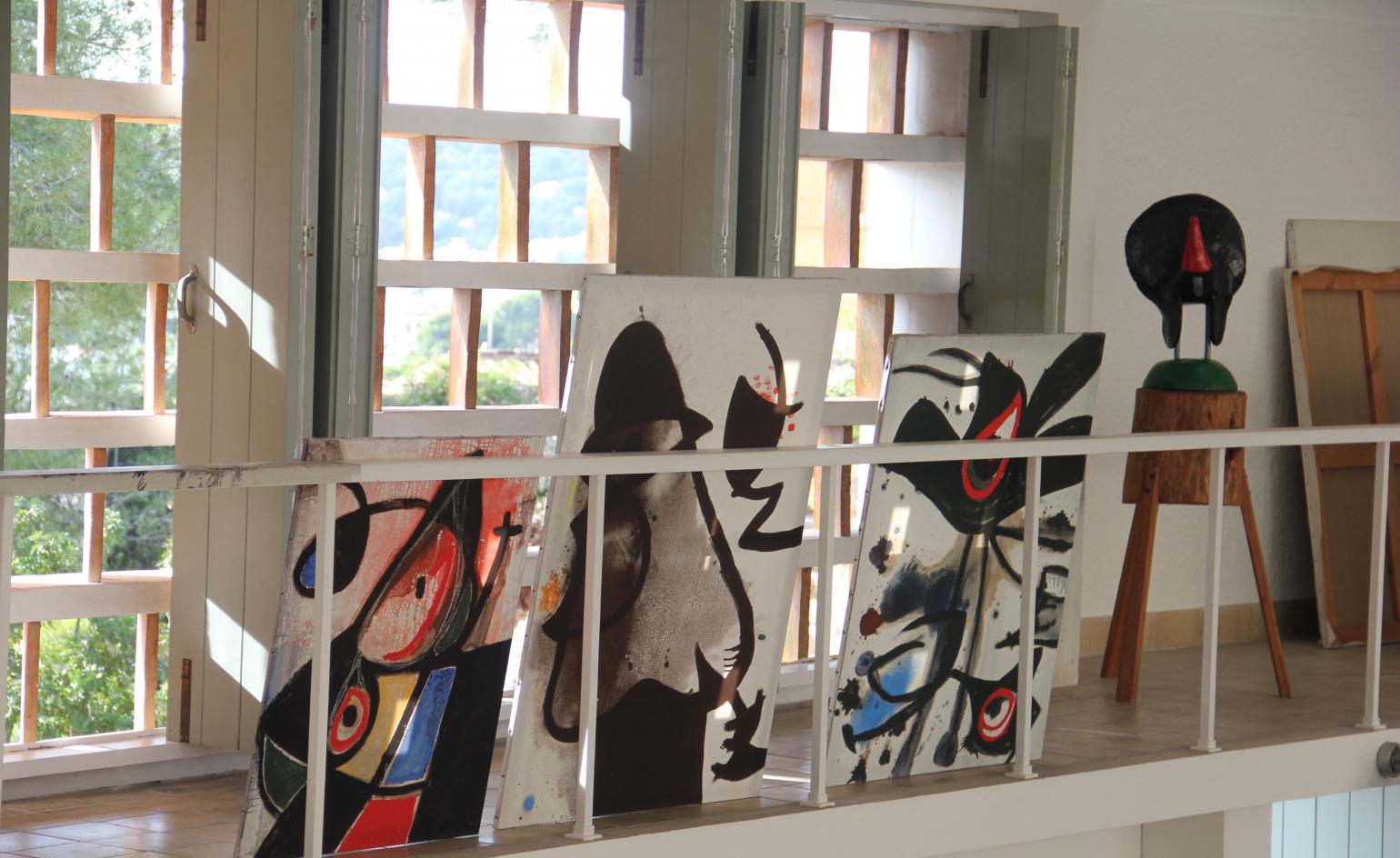
Inside the restored studio.
The project was Sert’s first building in Europe since his exile, and he was only able to visit the site once by way of a special visa to visit his dying mother. In his absence, construction was supervised by Miró’s brother in law Enric Juncosa.
Like Corbusier, Sert used a modular system that placed Miró at the centre of his design. Sliding doors brought flexibility between spaces, while skylights above brought in the magical Mediterranean light which was so important to Miró’s work. However, the most remarkable quality of this studio, which faces a south onto the sea, is that the front of the building is almost entirely solid, with only two lower windows allowing light in. The studio is a room without a view – it could not compete with the magnificent vista and, it’s only when you step outside that you engage with the setting once again.
RELATED STORY
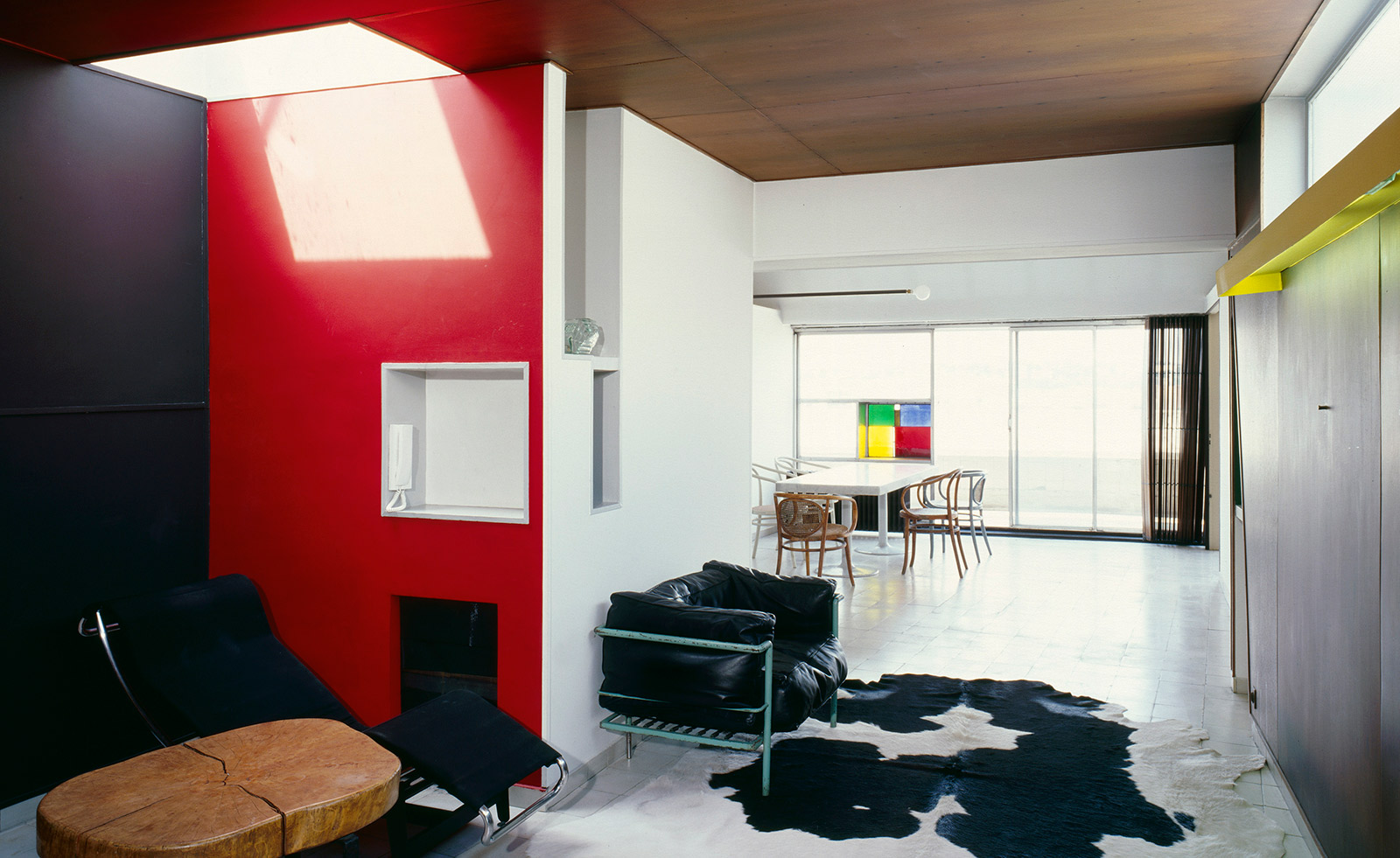
When Miró first moved into the studio, he was so overwhelmed that he could not paint. Yet, eventually he covered the walls with postcards and arranged found and given objects in the space before finally embarking on one of the most productive periods of his life. A private and solitary worker, Miró would meditate for days and months before making powerful and almost explosive brushstrokes on the canvas. Almost one third of his work was produced here.
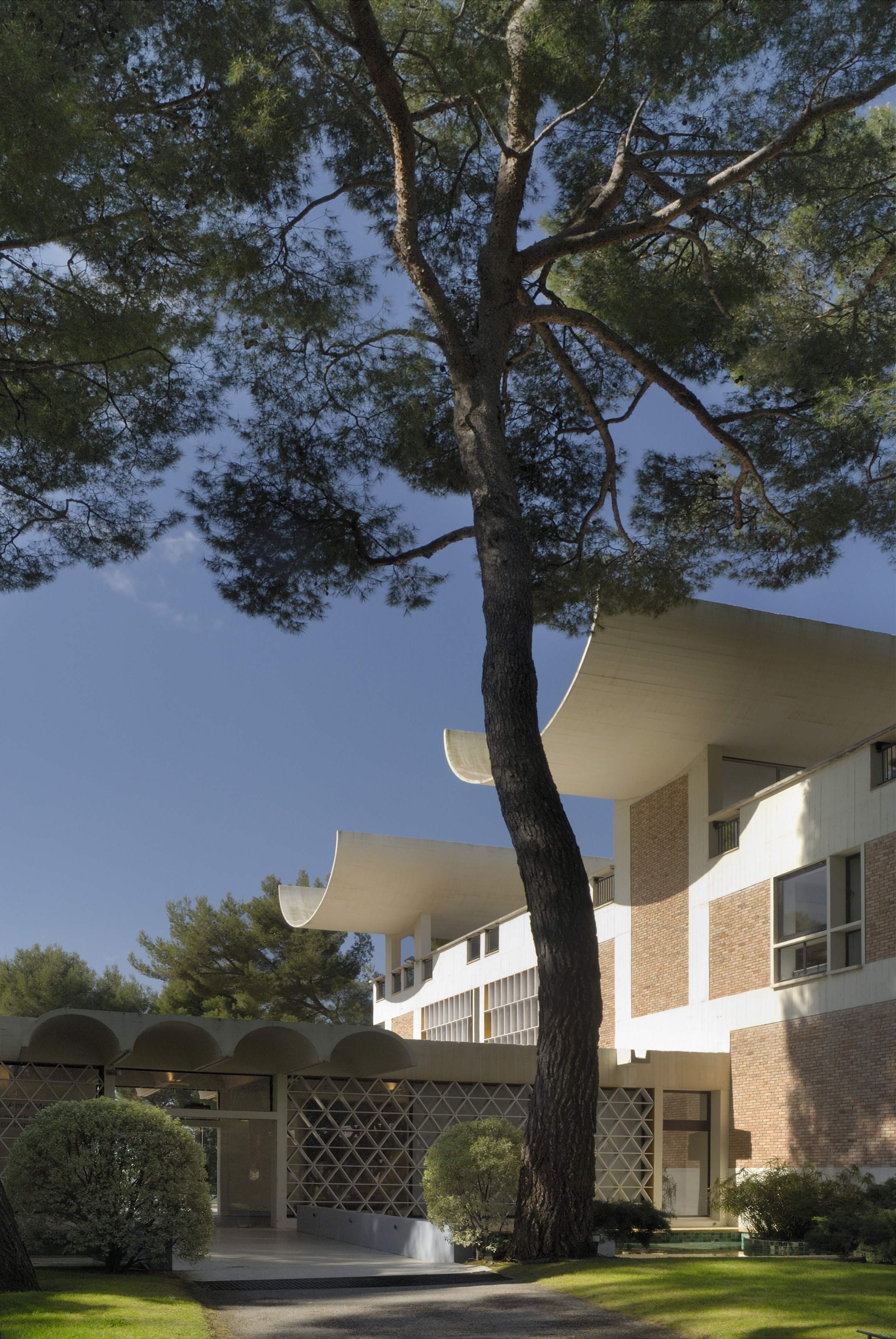
The Fondation Maeght by Josep Lluís Sert.
Miró’s dealer Aimé Maeght was so inspired by the artist and architect’s collaboration, that he decided to take the concept to its ultimate fruition, creating the Fondation Maeght designed by Sert in Saint Paul de Vence in the south of France.
Miró last worked from the studio in the 1970s and the restoration has involved an almost forensic analysis of its last working conditions to restore the original atmosphere. Paint marks on the floor were examined to try to understand Miró's mysterious and secret processes, while tough decisions were made to remove original unfinished canvases that littered the floor and to replace them with reproductions. Curator Patricia Juncosa Vercchierini invited artists to work in the space to bring back the atmosphere of production in the studio.
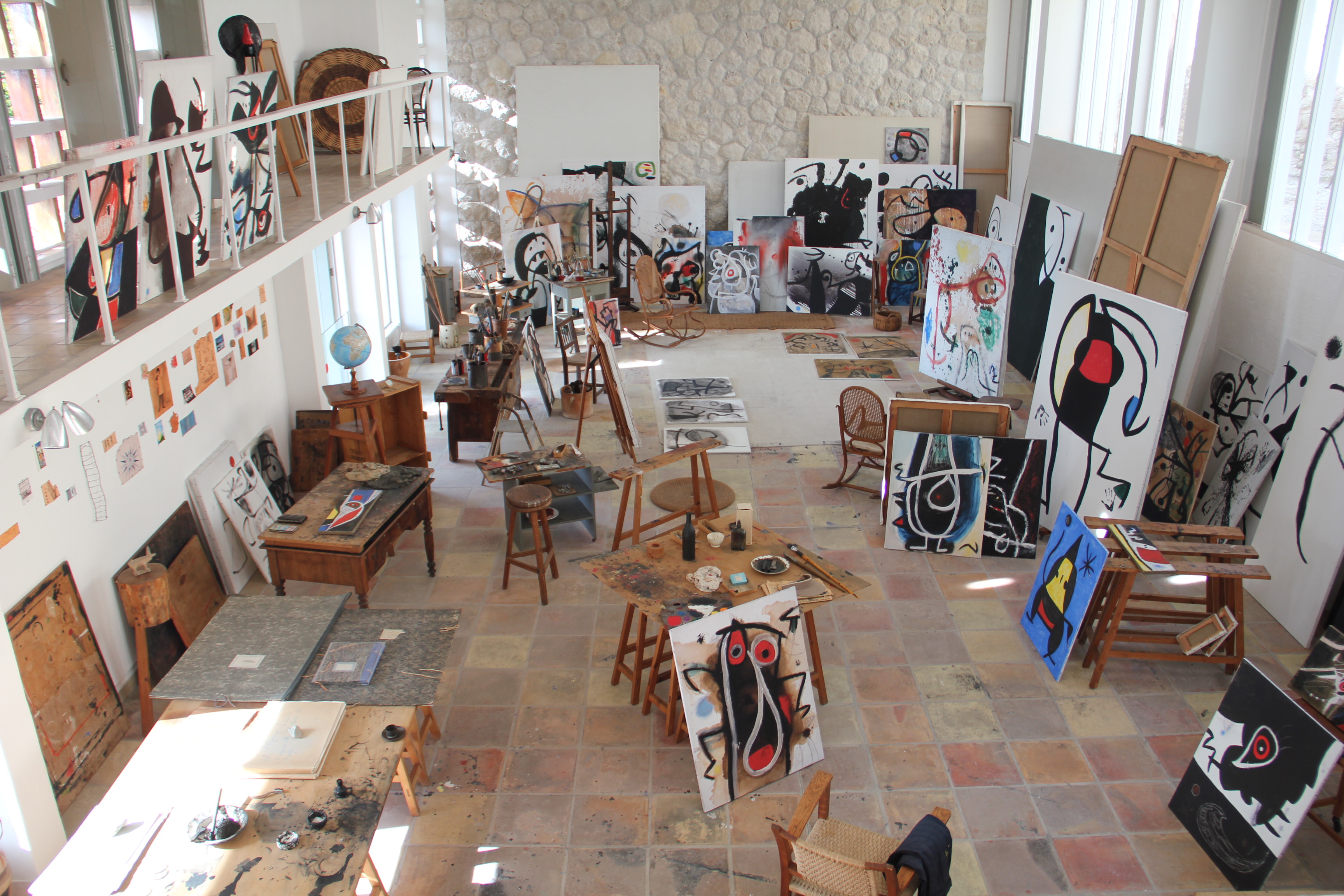
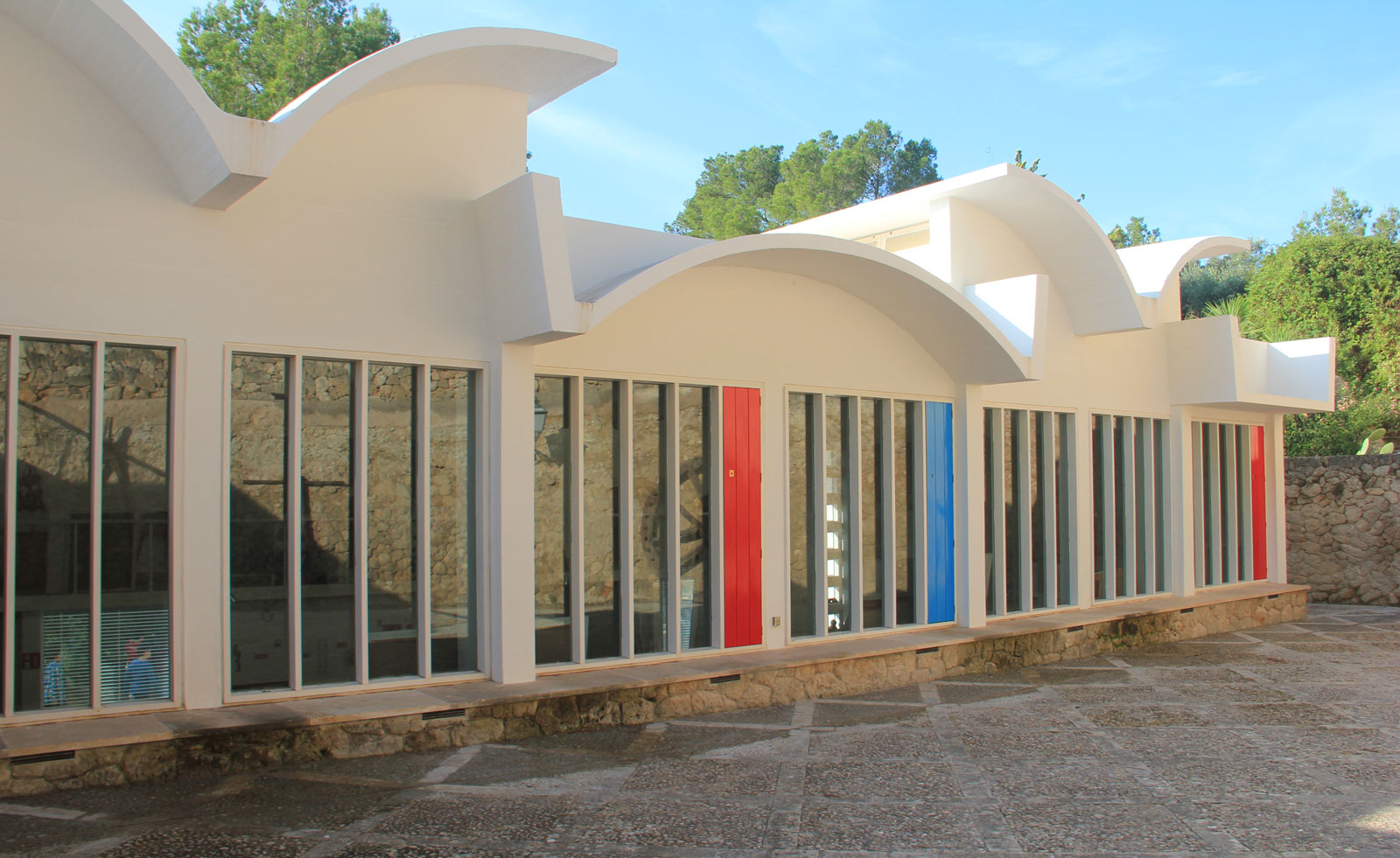
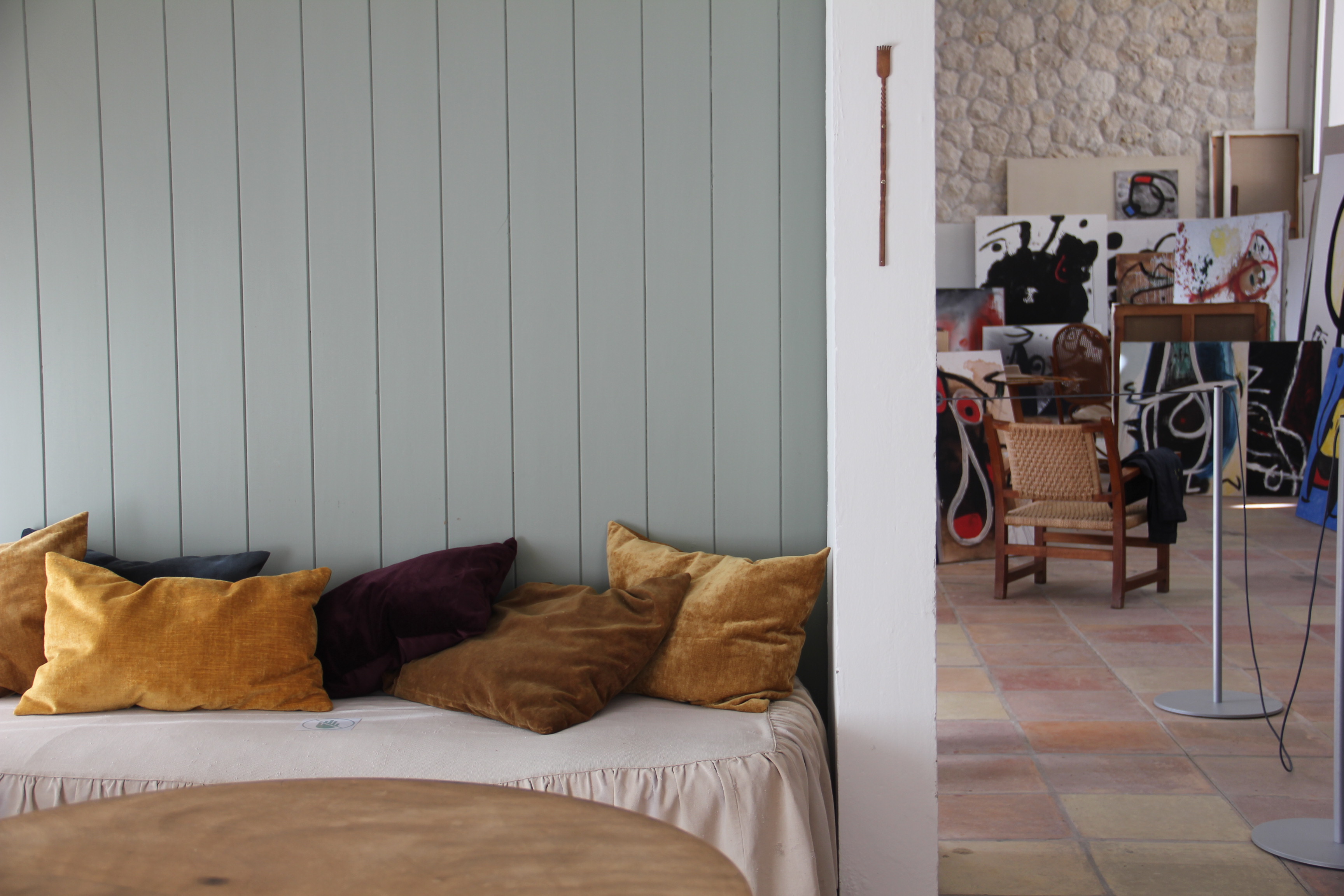
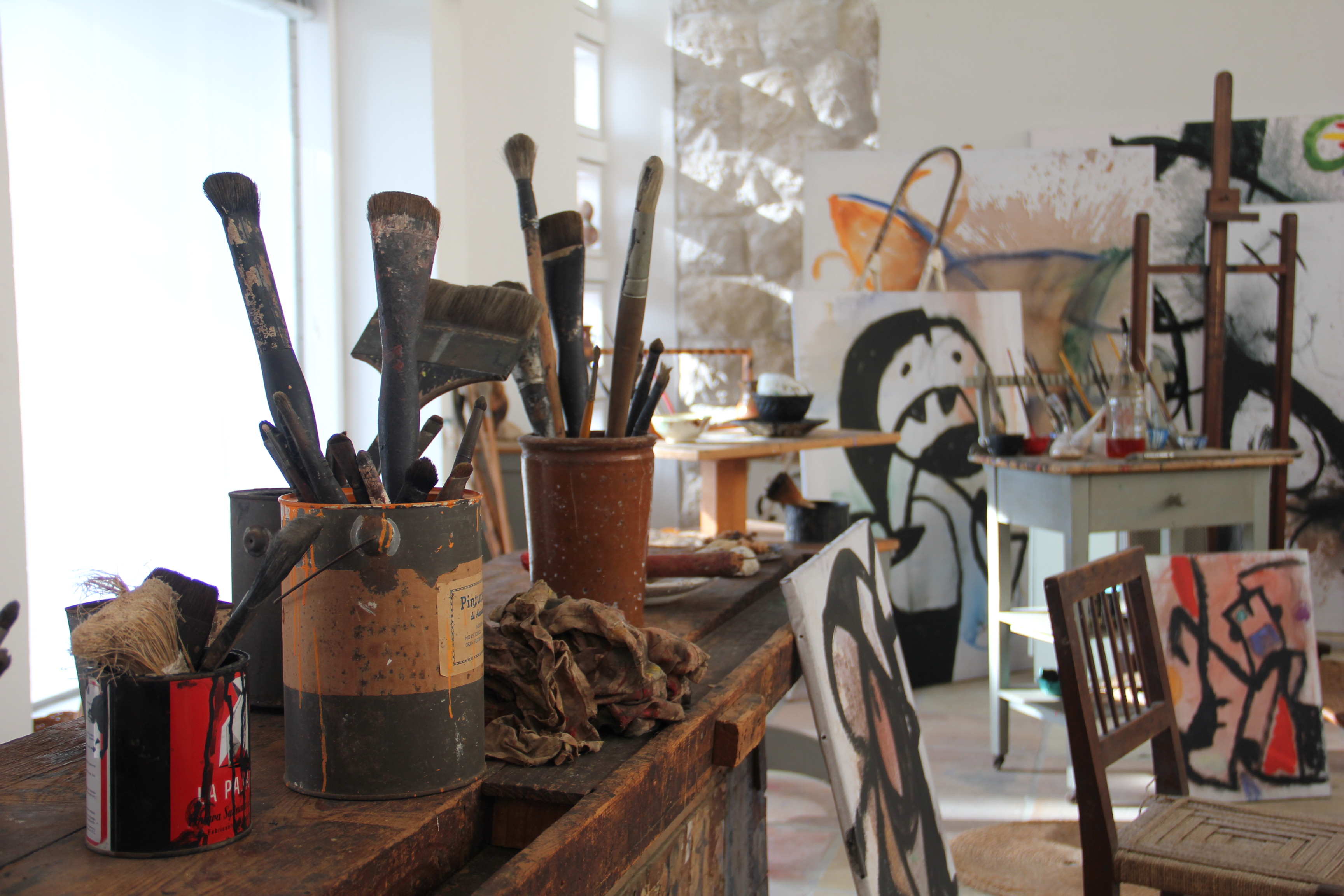
INFORMATION
For more information, visit the Fundació Miró Mallorca website
Receive our daily digest of inspiration, escapism and design stories from around the world direct to your inbox.
-
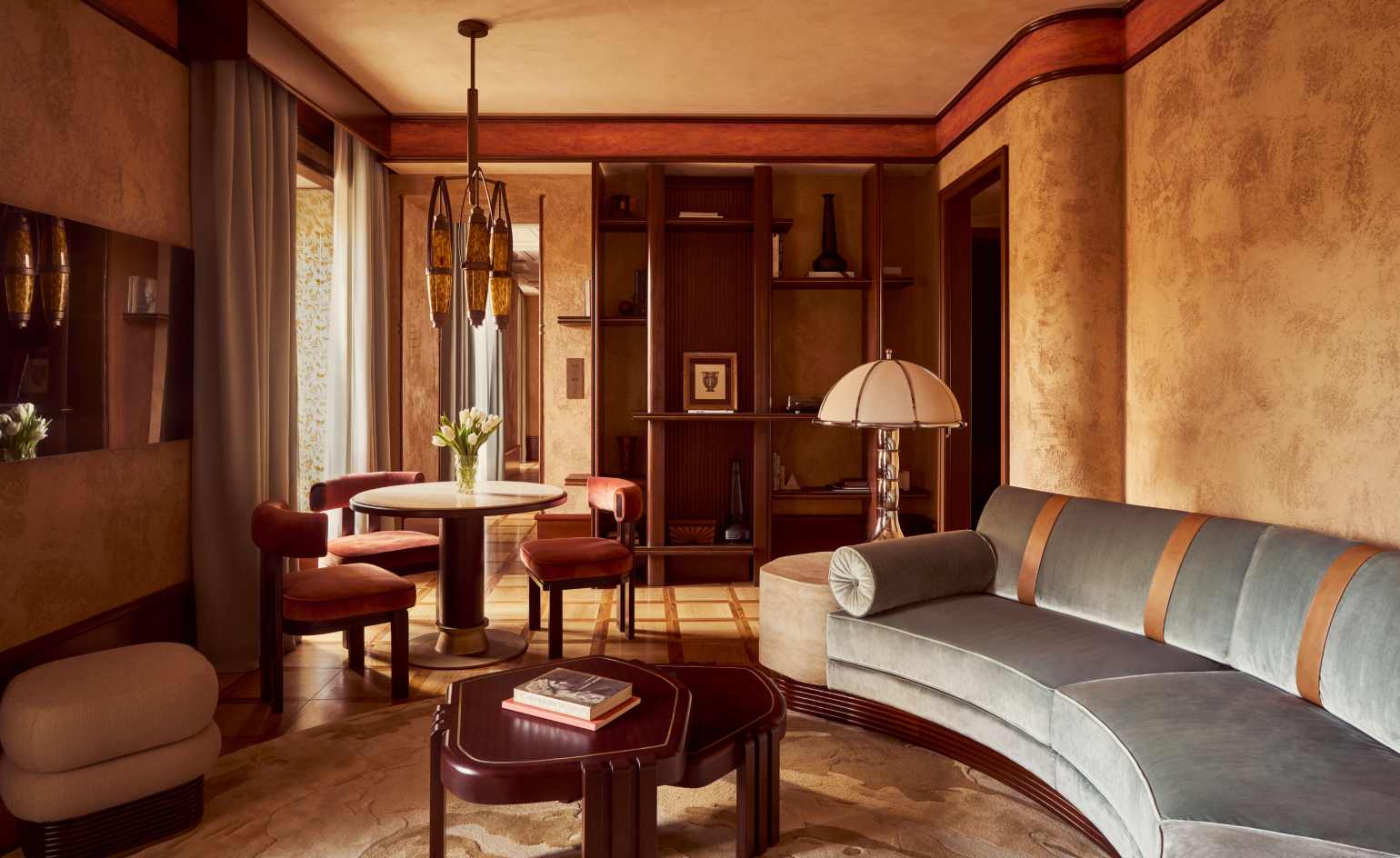 How designer Hugo Toro turned Orient Express’ first hotel into a sleeper hit
How designer Hugo Toro turned Orient Express’ first hotel into a sleeper hitThe Orient Express pulls into Rome, paying homage to the golden age of travel in its first hotel, just footsteps from the Pantheon
-
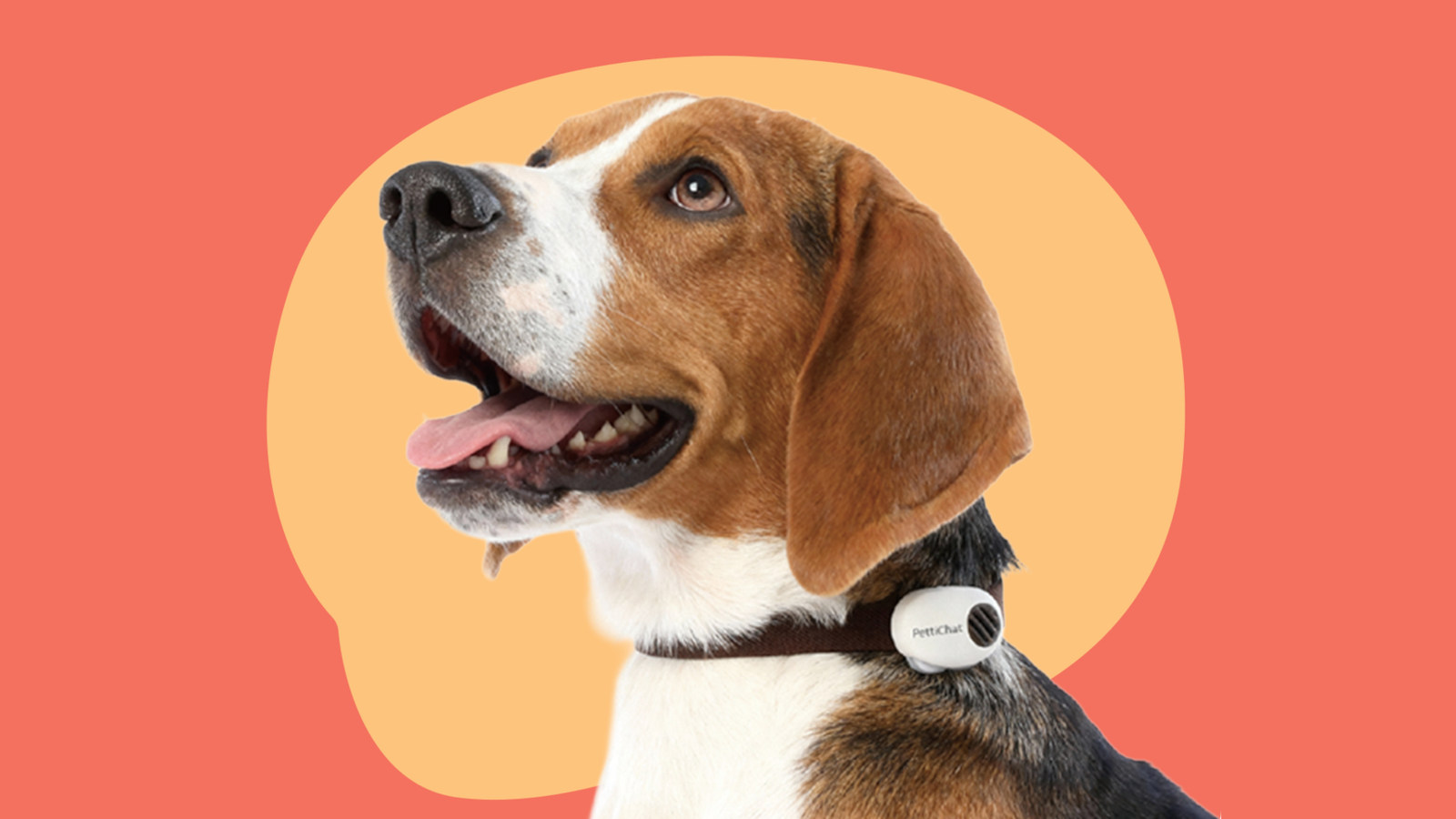 These Kickstarter catastrophes and design duds proved tech wasn’t always the answer in 2025
These Kickstarter catastrophes and design duds proved tech wasn’t always the answer in 2025Odd ideas, Kickstarter catastrophes and other haunted crowd-funders; the creepiest, freakiest and least practical technology ideas of 2025
-
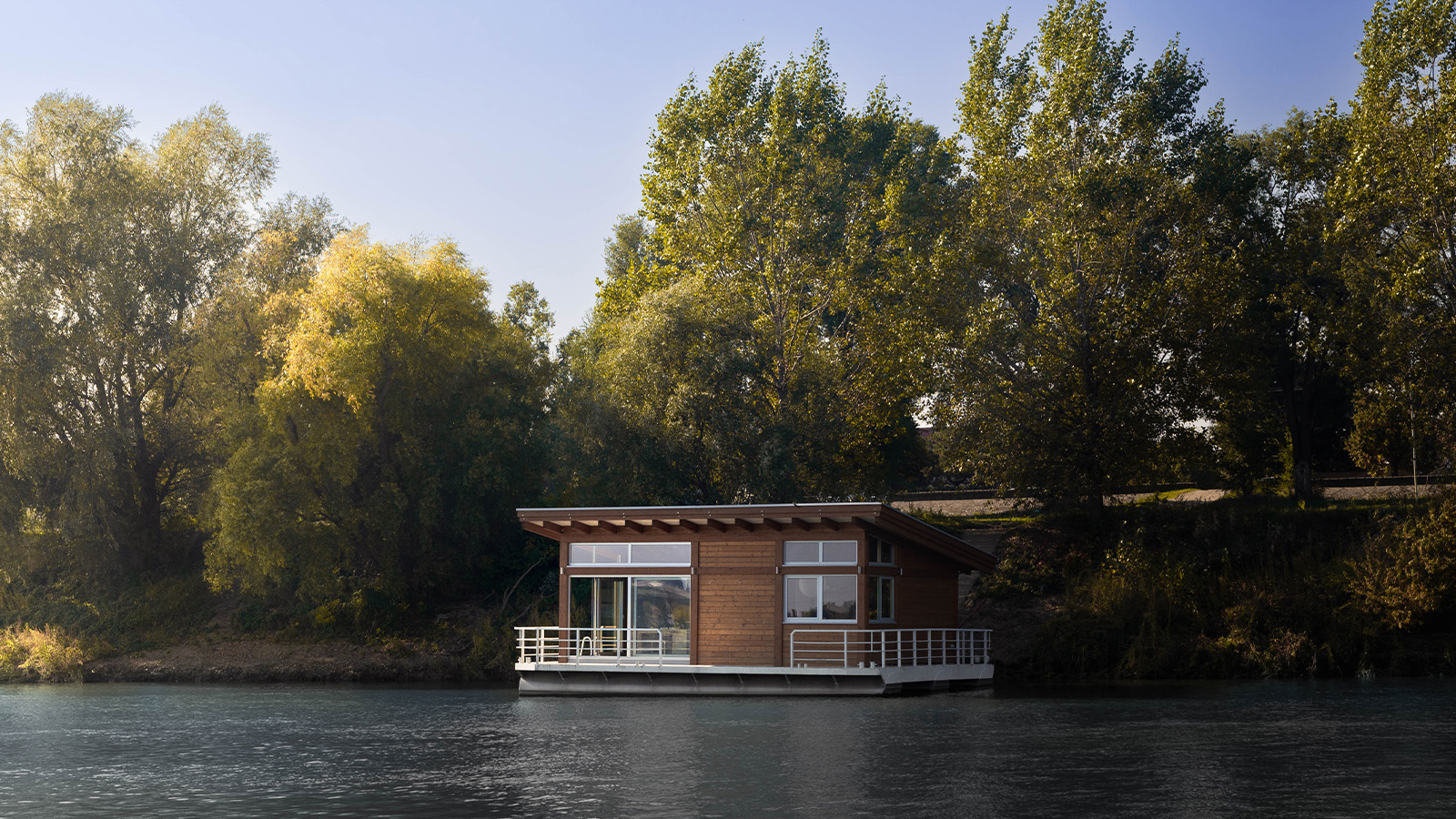 This floating river cabin in Serbia is a peaceful haven inspired by old shipyards
This floating river cabin in Serbia is a peaceful haven inspired by old shipyardsThis Sava River cabin, a floating design by Aleksandar Stanković, is an intimate home, perfect for leisurely afternoons, cold water swimming and weekend stays
-
 The Architecture Edit: Wallpaper’s houses of the month
The Architecture Edit: Wallpaper’s houses of the monthFrom wineries-turned-music studios to fire-resistant holiday homes, these are the properties that have most impressed the Wallpaper* editors this month
-
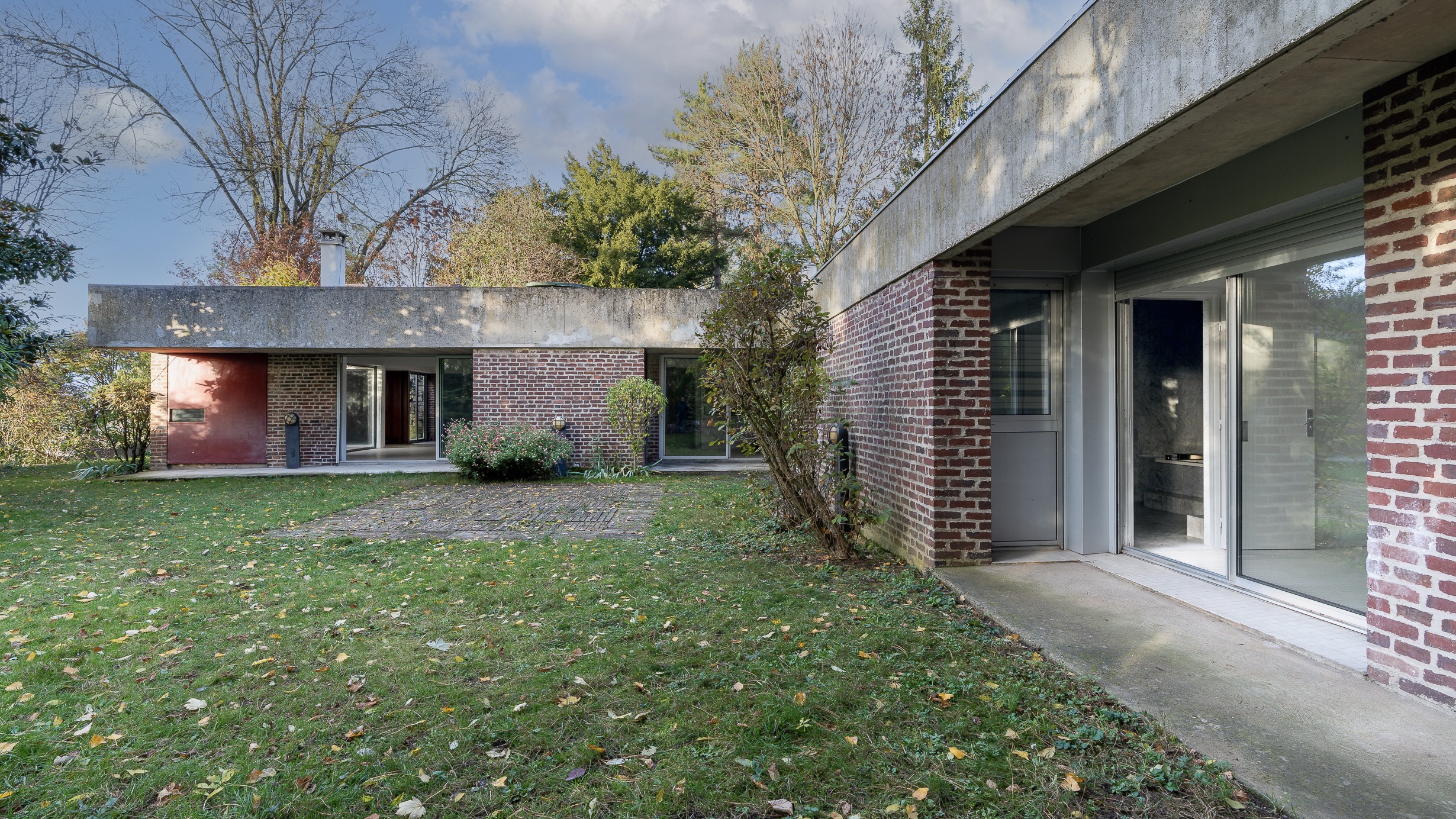 This modernist home, designed by a disciple of Le Corbusier, is on the market
This modernist home, designed by a disciple of Le Corbusier, is on the marketAndré Wogenscky was a long-time collaborator and chief assistant of Le Corbusier; he built this home, a case study for post-war modernism, in 1957
-
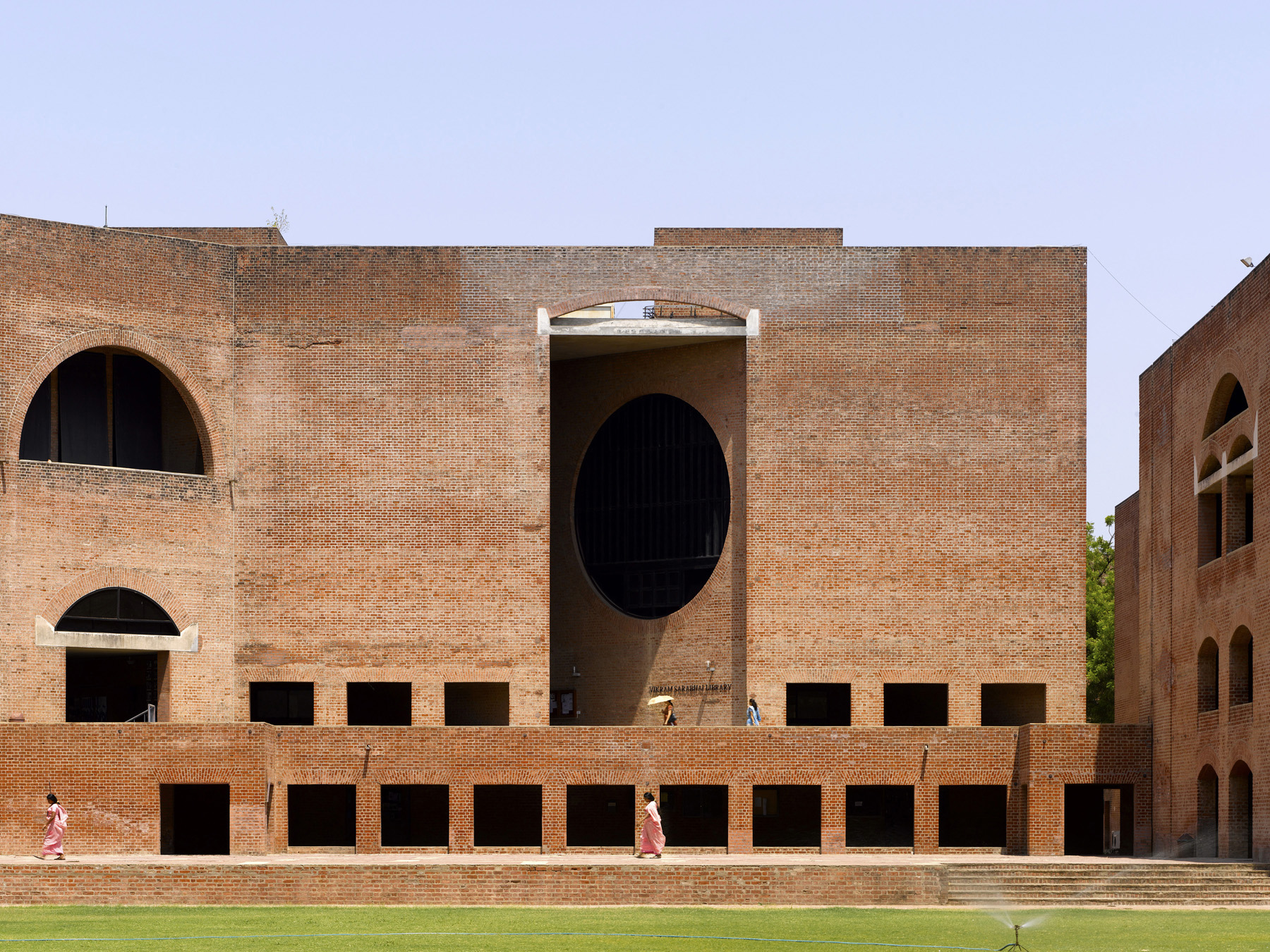 Louis Kahn, the modernist architect and the man behind the myth
Louis Kahn, the modernist architect and the man behind the mythWe chart the life and work of Louis Kahn, one of the 20th century’s most prominent modernists and a revered professional; yet his personal life meant he was also an architectural enigma
-
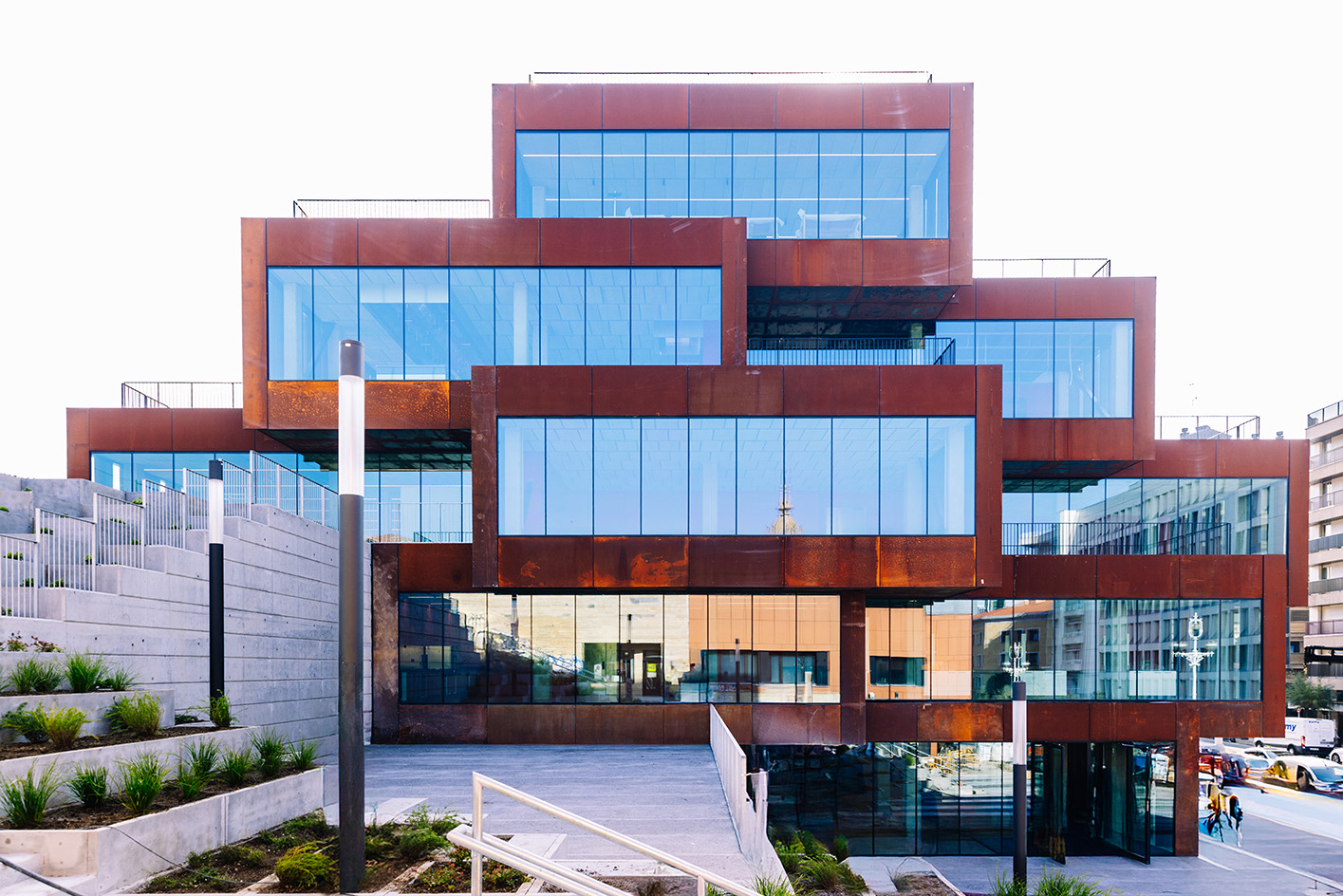 In the heart of Basque Country, Bjarke Ingels unveils a striking modular building devoted to culinary research
In the heart of Basque Country, Bjarke Ingels unveils a striking modular building devoted to culinary researchSee what the architect cooked up for the Basque Culinary Center in San Sebastián, Spain
-
 The Architecture Edit: Wallpaper’s houses of the month
The Architecture Edit: Wallpaper’s houses of the monthFrom Malibu beach pads to cosy cabins blanketed in snow, Wallpaper* has featured some incredible homes this month. We profile our favourites below
-
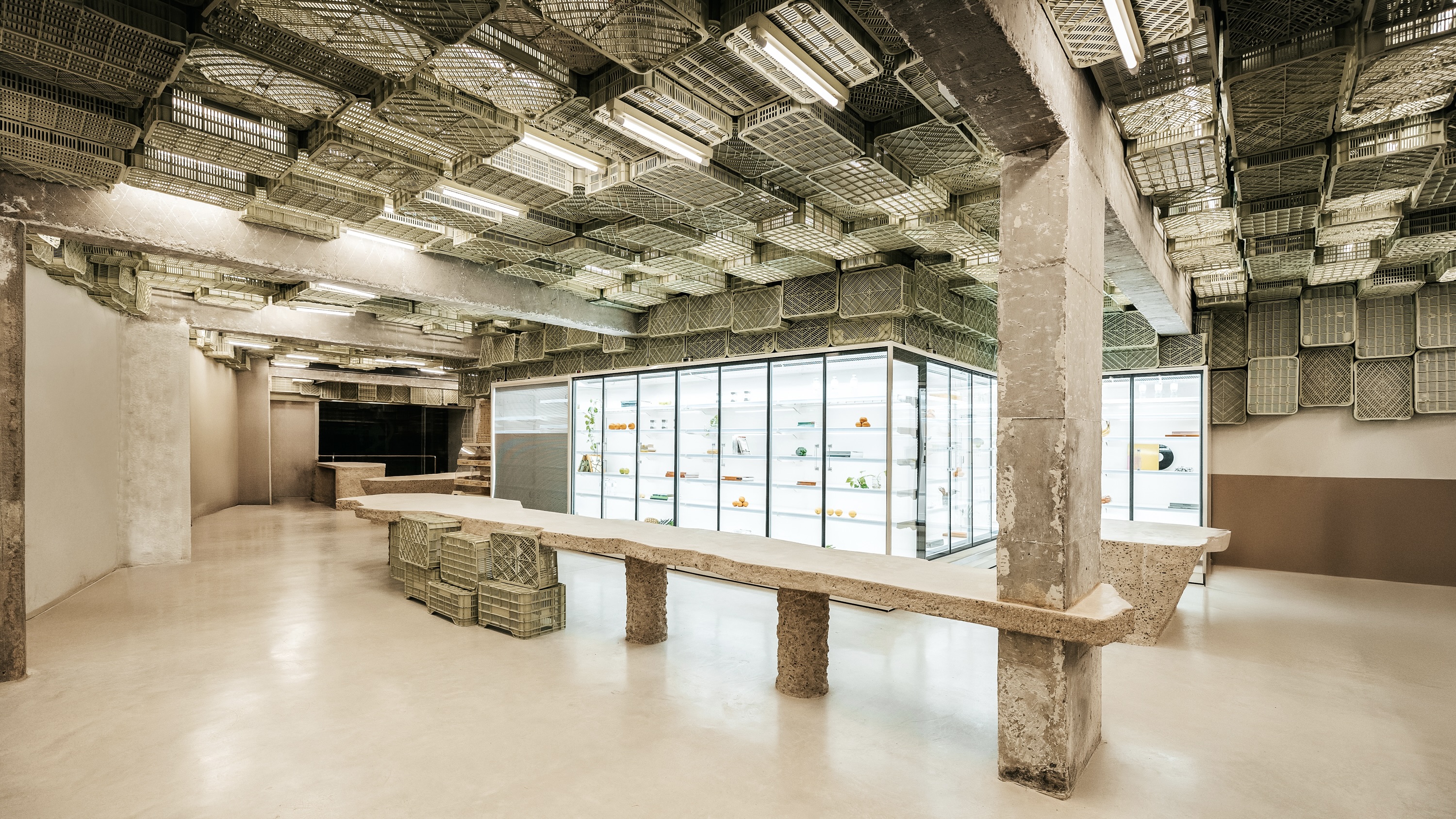 Spice up the weekly shop at Mallorca’s brutalist supermarket
Spice up the weekly shop at Mallorca’s brutalist supermarketIn this brutalist supermarket, through the use of raw concrete, monolithic forms and modular elements, designer Minimal Studio hints at a critique of consumer culture
-
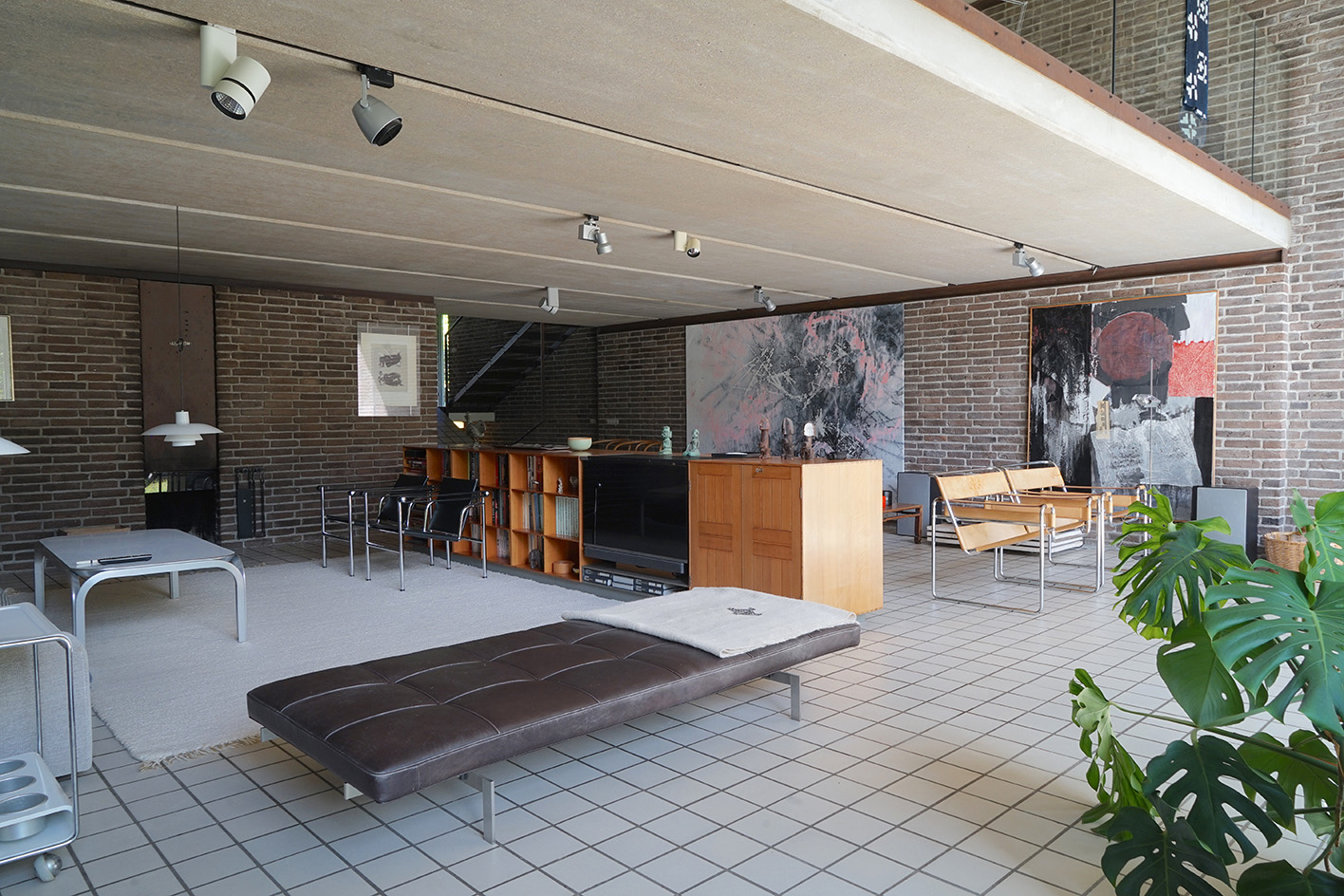 Three lesser-known Danish modernist houses track the country’s 20th-century architecture
Three lesser-known Danish modernist houses track the country’s 20th-century architectureWe visit three Danish modernist houses with writer, curator and architecture historian Adam Štěch, a delve into lower-profile examples of the country’s rich 20th-century legacy
-
 The Architecture Edit: Wallpaper’s houses of the month
The Architecture Edit: Wallpaper’s houses of the monthThis September, Wallpaper highlighted a striking mix of architecture – from iconic modernist homes newly up for sale to the dramatic transformation of a crumbling Scottish cottage. These are the projects that caught our eye